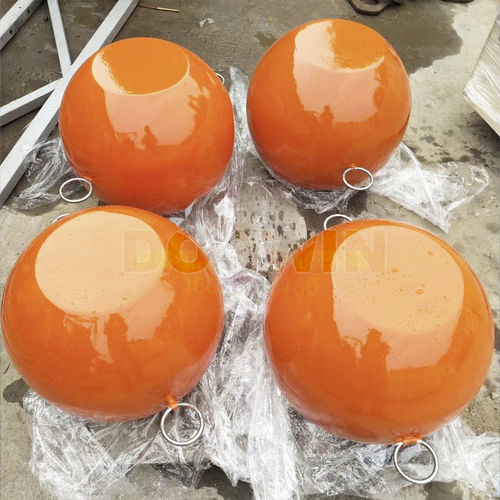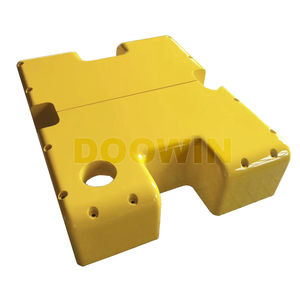
- Marinas
- Marina equipment
- Mooring buoy
- Doowin Marine
- Company
- Products
- Catalogs
- News & Trends
- Exhibitions
Mooring buoy Spherical Subseafoamelastomergalvanized
Add to favorites
Compare this product
fo_shop_gate_exact_title
Characteristics
- Type
- mooring
- Material
- foam, elastomer, galvanized
- Shape
- oval
- Color
- customizable color
- Other characteristics
- foam-filled
Description
Subsea spherical buoys, or simply spherical buoys, are devices designed to float at or near the surface of the ocean, primarily used for various marine applications. Here's a detailed breakdown of what they are and their key characteristics:
Spherical buoys are buoyant objects with a spherical shape that are deployed in water bodies, typically oceans, for monitoring, measuring, or relaying data to research stations or satellites.
Characteristics
1. Shape and Design:
The spherical shape provides optimal buoyancy and stability in water.
They are typically made from durable, waterproof materials that can withstand harsh marine environments.
2. Buoyancy:
Due to their spherical shape and the materials used, these buoys have excellent buoyancy properties.
They can float at or near the surface of the ocean, depending on their design and the intended application.
Applications:
1. Meteorological and Oceanographic Monitoring: Spherical buoys are often equipped with sensors to measure parameters such as temperature, salinity, pressure, wind speed, and direction.
Communication Relay: They can act as relay stations for communication signals, especially in remote or difficult-to-reach areas.
2. Navigation and Safety: Buoys can be used to mark navigation channels, warning areas, or hazardous locations.
Scientific Research: They are frequently used in marine research studies to collect data on ocean currents, marine life, and other environmental factors.
Catalogs
No catalogs are available for this product.
See all of Doowin Marine‘s catalogs*Prices are pre-tax. They exclude delivery charges and customs duties and do not include additional charges for installation or activation options. Prices are indicative only and may vary by country, with changes to the cost of raw materials and exchange rates.






